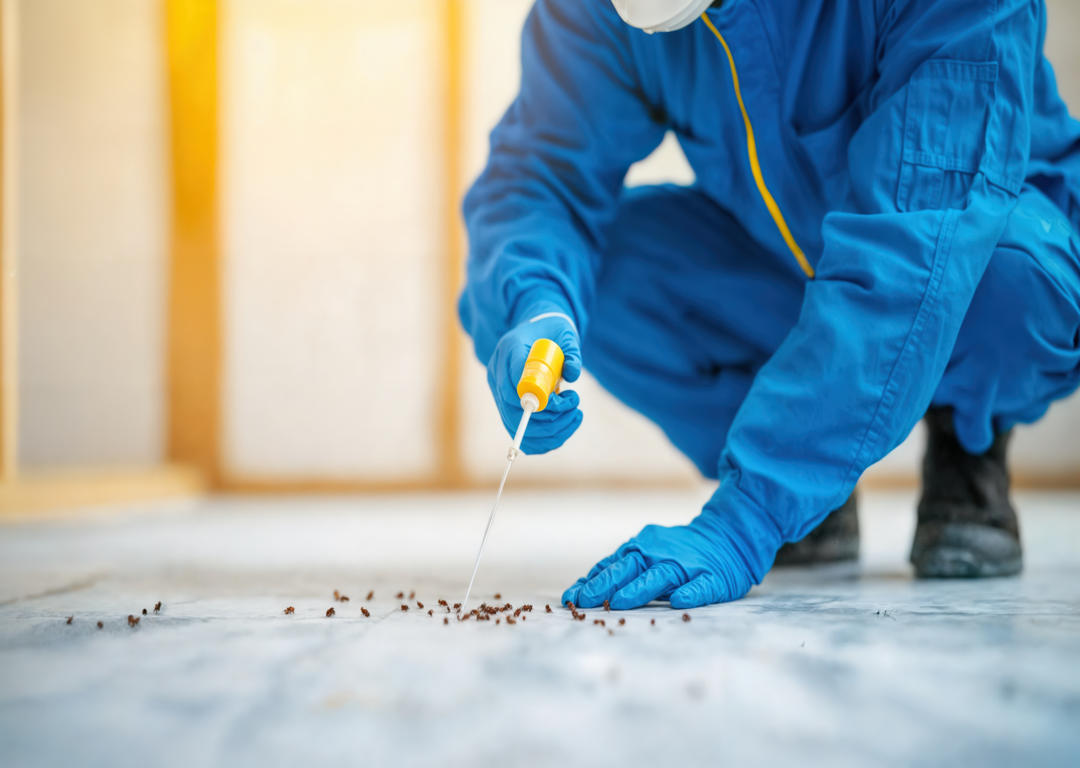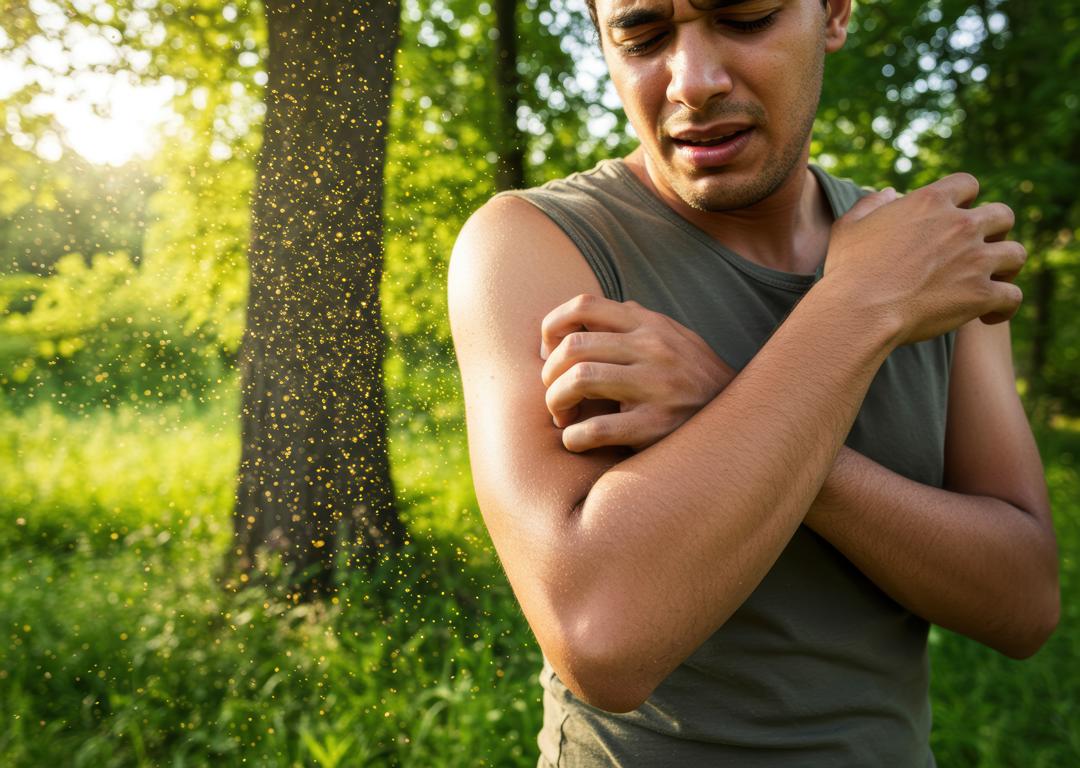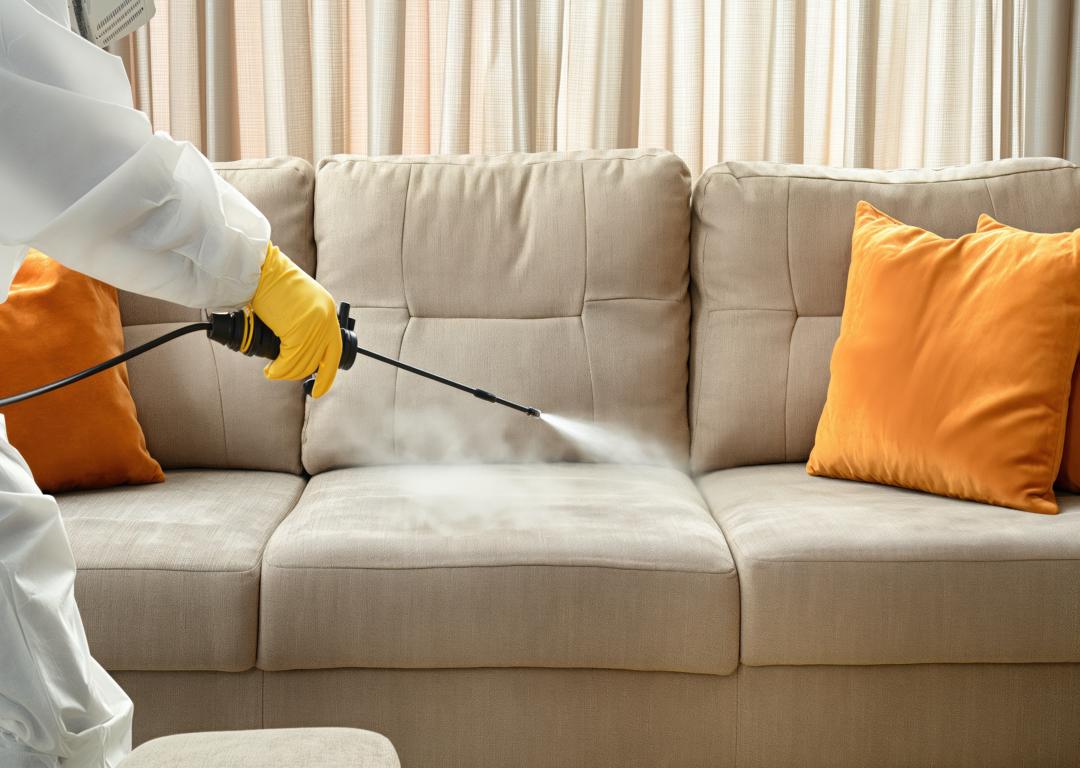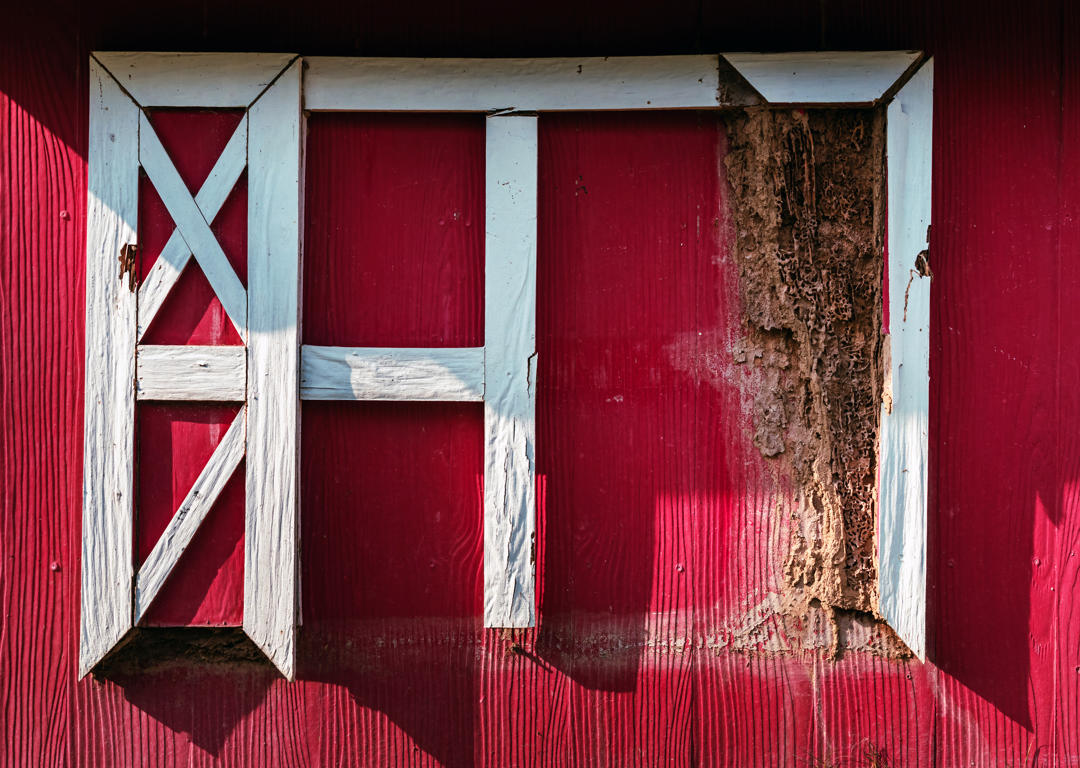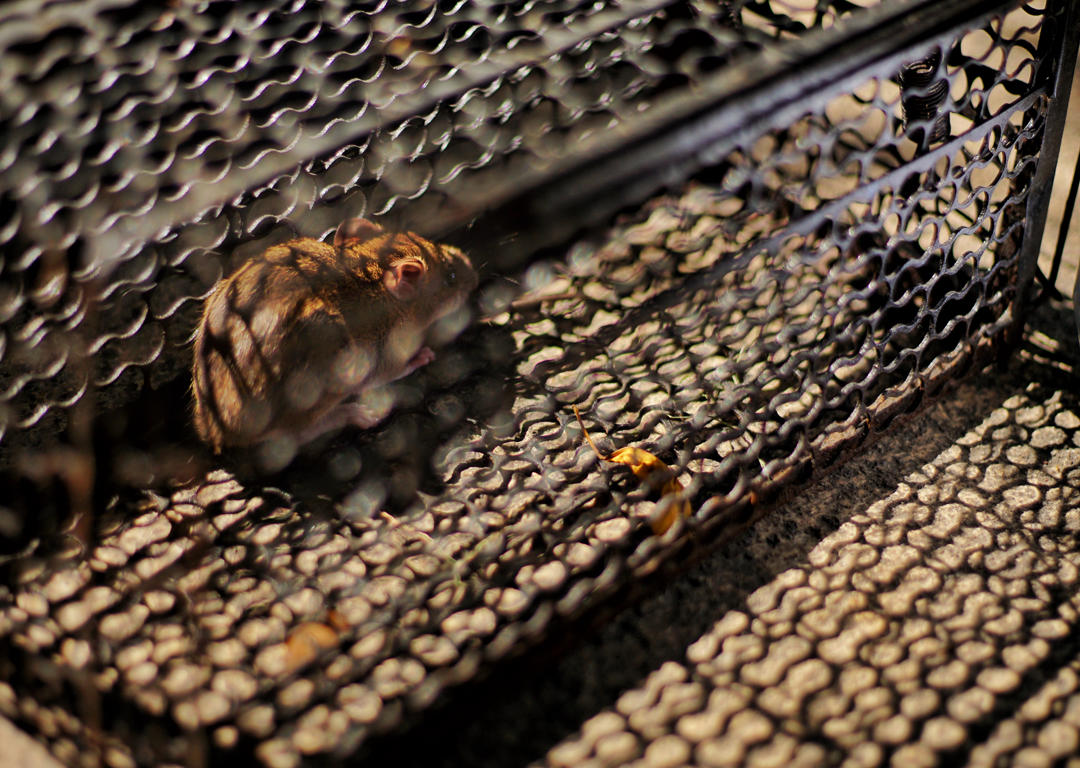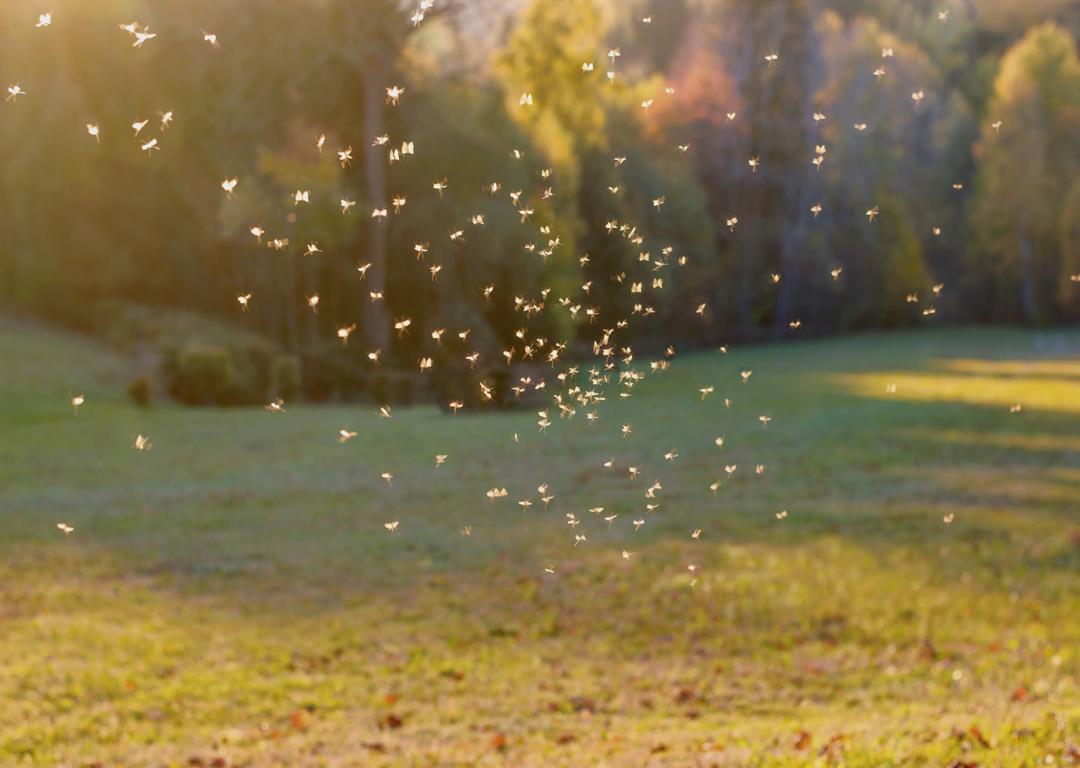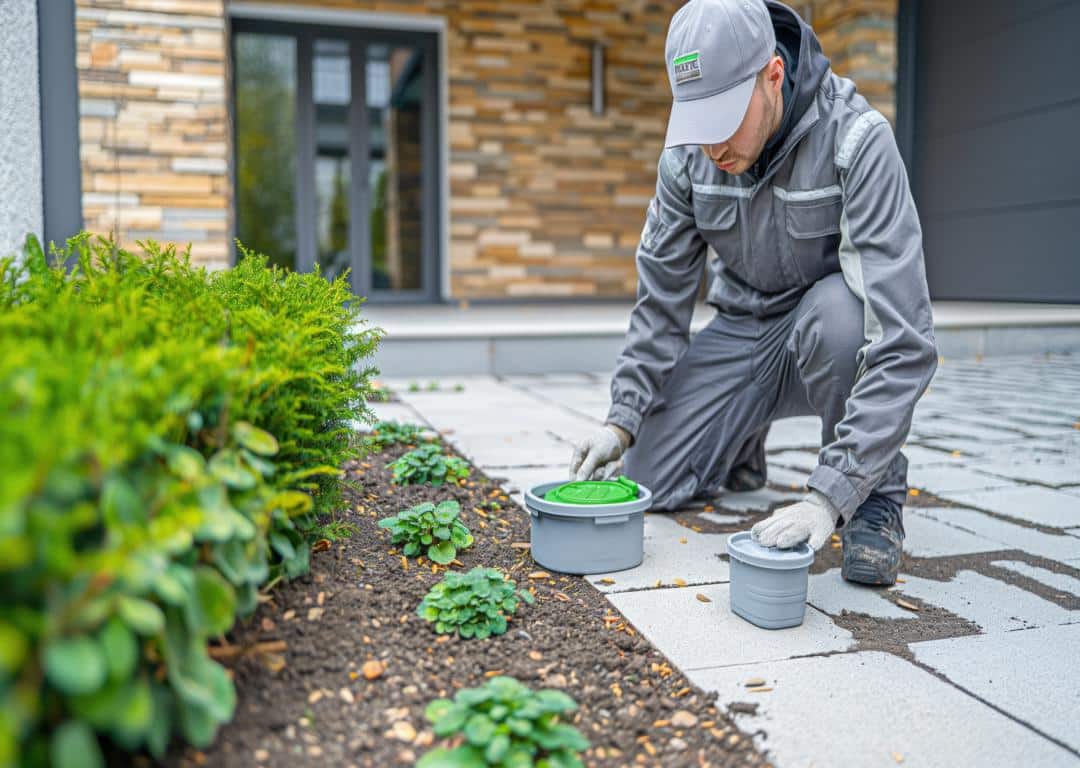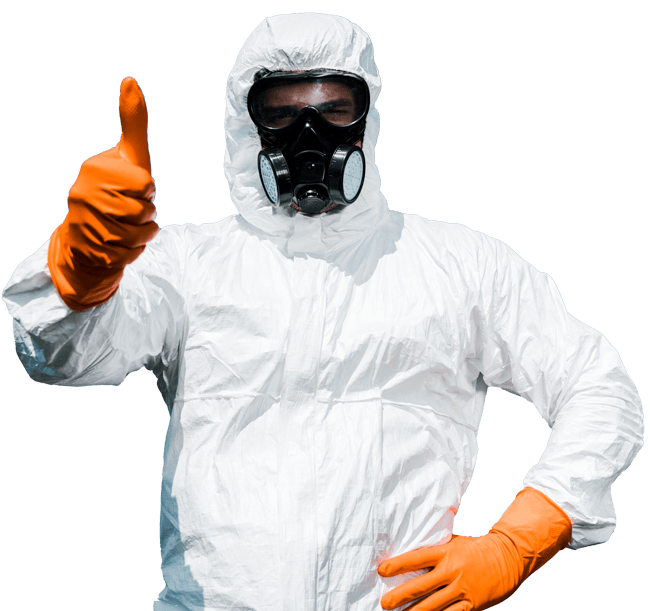Coastal regions like Mount Pleasant, Charleston, Isle of Palms, and Sullivan’s Island, SC, offer stunning environments, but they also come with unique pest control challenges. The warm, humid climate and proximity to water create ideal conditions for various pests, including mosquitoes, termites, rodents, and ants. To effectively manage these pests, it’s essential to adopt strategies tailored to the specific environmental factors of coastal living. Here are five key tips for effective pest control in coastal areas.
Understand the Coastal Pest Landscape
Effective pest control starts with a solid understanding of the specific pests that are common in coastal regions. The warm, moist environment of coastal South Carolina attracts a variety of pests:
Mosquitoes thrive in standing water and high humidity, posing health risks due to their ability to transmit diseases.
Termites are particularly prevalent in sandy soils, where they can cause significant damage to wooden structures.
Rodents, such as rats and mice, are drawn to the abundance of food and shelter in these areas, leading to both health concerns and property damage.
Ants, including fire ants and carpenter ants, are another common problem.
Palmetto Bugs (American cockroaches) thrive in the humid conditions typical of coastal areas and are frequently found in homes and outdoor spaces.
Understanding the types of pests that are prevalent in your specific coastal area allows you to develop targeted strategies for prevention and control, ensuring that your efforts are both effective and efficient.
Maintain a Clean and Dry Environment
Maintaining a clean and dry environment is one of the most effective ways to prevent pest infestations in coastal areas. Pests are often drawn to environments where they can easily access food, water, and shelter.
Eliminate standing water: Regularly check and remove standing water sources, such as plant saucers, clogged gutters, and puddles, to prevent mosquito breeding.
Secure food sources: Store food in airtight containers, clean up crumbs and spills promptly, and take out the trash regularly to avoid attracting rodents and ants.
Seal entry points: Inspect your home’s exterior for cracks and openings around doors, windows, and vents, and seal these entry points to prevent pests from entering.
Reduce indoor humidity: Use dehumidifiers in damp areas such as basements and crawl spaces, and ensure proper ventilation to keep your home dry and less hospitable to pests.
By minimizing the factors that attract pests, you can significantly lower the risk of an infestation.
Regularly Inspect and Maintain Your Property
Regular property maintenance is key to preventing pest issues before they escalate. Conducting regular inspections and performing timely repairs can help you identify and address potential problems early on.
Termite inspections: Conduct regular inspections for signs of termite activity, such as mud tubes, discarded wings, and hollow-sounding wood. Consider professional termite inspections in high-risk areas.
Landscaping maintenance: Keep trees and shrubs trimmed away from the house, and maintain a well-manicured lawn to reduce shelter and breeding grounds for pests.
Check for entry points: Inspect your home’s foundation, roof, and exterior walls for cracks or openings that could allow pests to enter, and seal these areas promptly.
Proactive maintenance can help you avoid costly pest problems down the road.
Use Eco-Friendly Pest Control Methods
In coastal areas, where the environment is closely connected to the local ecosystem, using eco-friendly pest control methods is not only effective but also responsible. Chemical pesticides can be harmful to the surrounding environment, including waterways and wildlife. Fortunately, there are many eco-friendly alternatives available that can effectively manage pests without causing harm to the environment.
Natural repellents: Essential oils like peppermint, lavender, and citronella can deter pests without the use of harsh chemicals.
Biological controls: Introducing natural predators to control pest populations, such as birds, bats, and beneficial insects, can help keep pest populations in check naturally.
Integrated Pest Management (IPM): This approach combines various methods to manage pests in an environmentally responsible way, such as regular monitoring, physical barriers, and targeted treatments.
Partner with a Local Pest Control Professional
Finally, one of the most effective ways to manage pests in coastal areas is to partner with a local pest control professional who understands the specific challenges of the region. Local professionals, like those at Lowcountry Pest Management, have the expertise and knowledge needed to address the unique pest issues faced by residents of Mount Pleasant, Charleston, Isle of Palms, and Sullivan’s Island.
A professional pest control service can provide regular inspections, identify potential pest problems before they become serious, and offer tailored solutions that are safe and effective. Additionally, working with a local provider ensures that you receive timely service and support, helping you maintain a pest-free home year-round.
Don’t let pests take over your coastal paradise. Contact Lowcountry Pest Management today to schedule an inspection and protect your home from the unique challenges of coastal living. Our team of experts is ready to provide the professional pest control services you need to enjoy your home, worry-free.


